EV battery prices fell sharply in 2024
Good news for anyone thinking about buying an electric car: the batteries that power them got a lot cheaper last year. In 2024, prices for lithium-ion battery packs, the heart of any EV, tumbled by 20%, according to a study by the International Energy Agency (IEA). This is the biggest price dive seen since 2017.
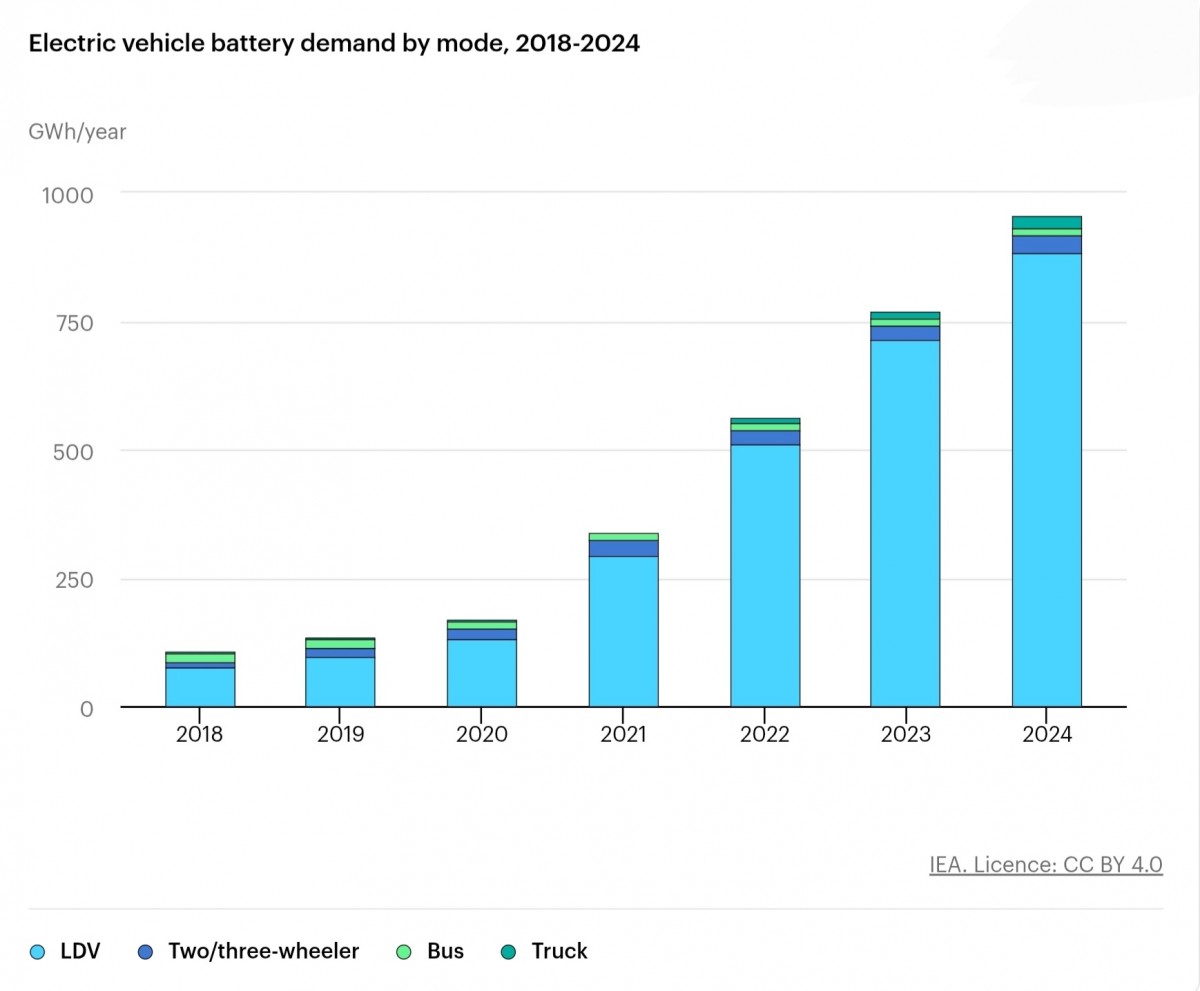
Why the sudden price break? It's a mix of factors. More companies are now making batteries, and that leads to increased competition. Factories are ramping up production as the demand for EVs continues to grow, pushing the industry to innovate and cut costs.
The IEA report highlights that lithium, a key ingredient in these batteries, saw its price fall by nearly 20% in 2024, returning to levels last seen around 2015. This is despite the fact that the world used about six times more lithium in 2024 than it did back then. While cheaper minerals are a welcome sight for lowering EV costs right now, the IEA cautions that if prices stay too low for too long, it might discourage companies from investing in future mining projects.
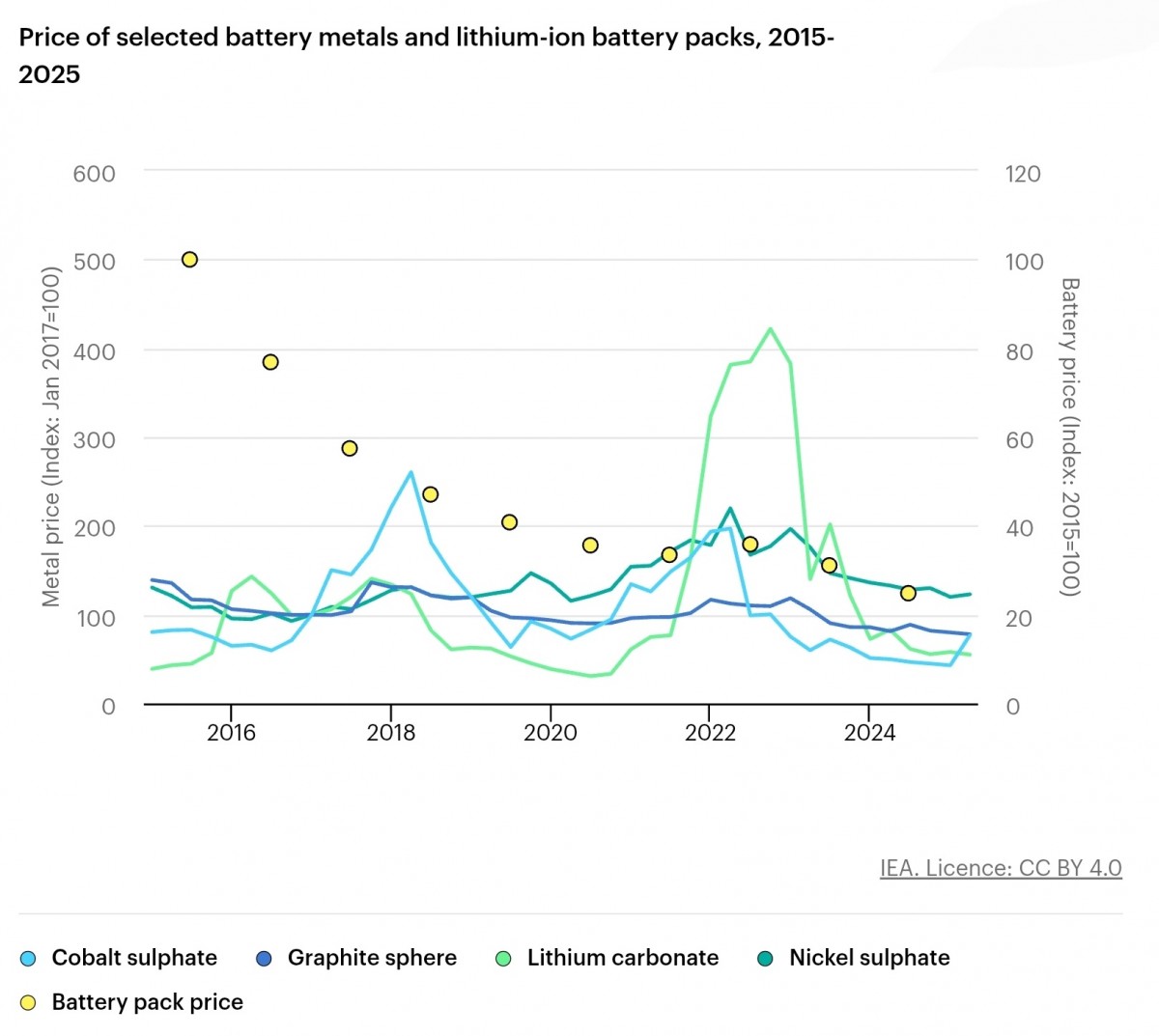
Battery prices fell everywhere, but the steepest declines were seen in China. This isn't entirely surprising, as China has established a huge lead in the global battery race. The country is securing the raw materials needed, but it's also ahead in developing new battery technologies. The IEA study states that a staggering 80% of all EV battery cells produced in 2024 came from China.
The report explains that "fierce competition" within China has pushed most battery makers there to accept lower profits. In turn, this has spurred them to become incredibly efficient in their manufacturing processes and to train a large, skilled workforce, widening their cost advantage over the United States and Europe.
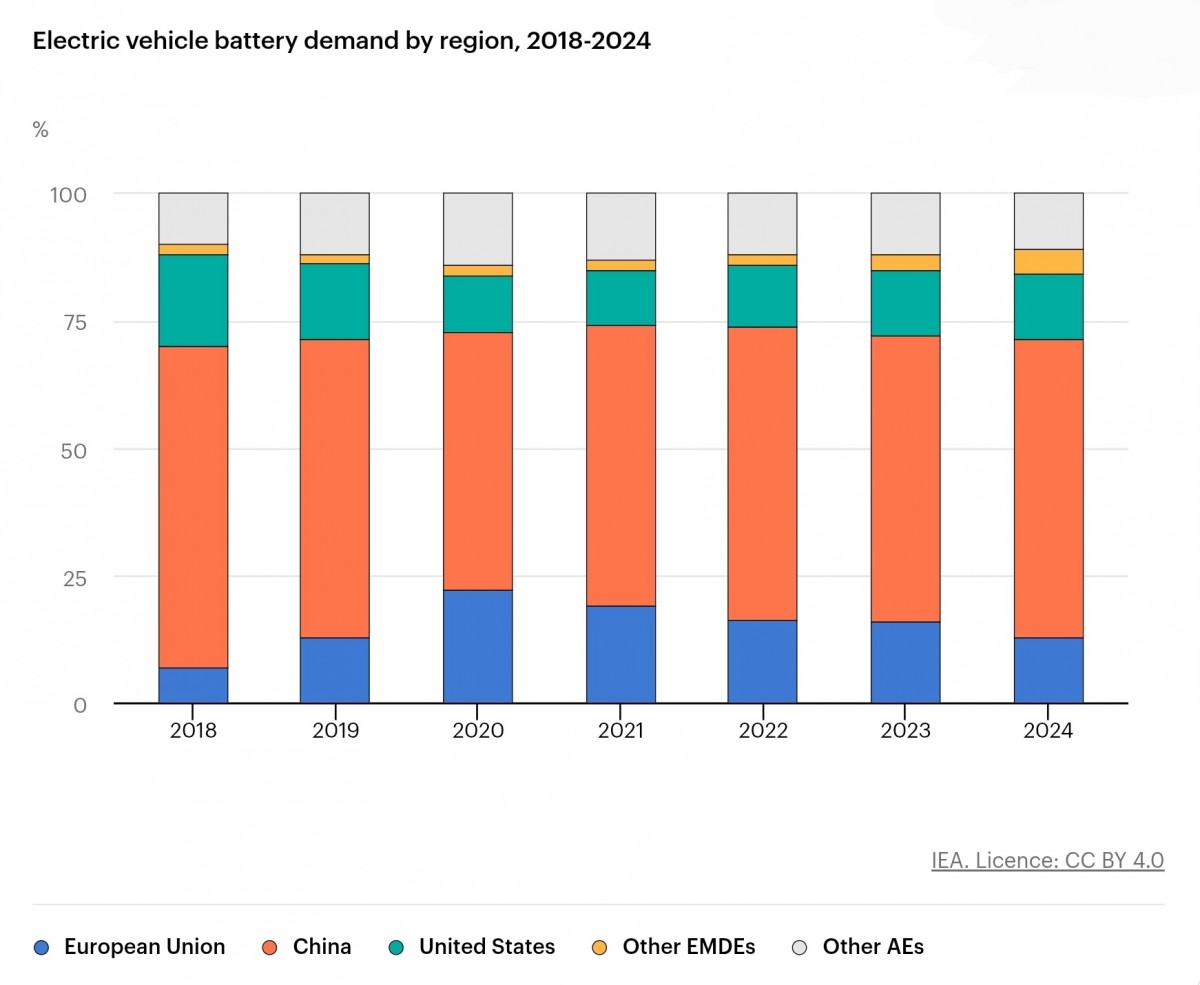
A big part of China's success story revolves around a specific type of battery: Lithium Iron Phosphate, or LFP. For a long time, LFP batteries were seen as the budget option for electric cars - they were cheaper but also had less range and power. But battery tech does not stand still, and the continuous development has significantly boosted their performance, making them a solid alternative for many mainstream EVs.
According to the IEA, LFP batteries accounted for nearly half of the entire global EV battery market in 2024. Their popularity is surging in many regions. Europe saw LFP battery use grow by about 90% in 2024. In emerging markets like Southeast Asia, Brazil, and India, LFP batteries captured over 50% of the EV market share, largely thanks to imports of Chinese electric cars, especially from BYD, and in India's case, domestically produced vehicles led by Tata Motors.
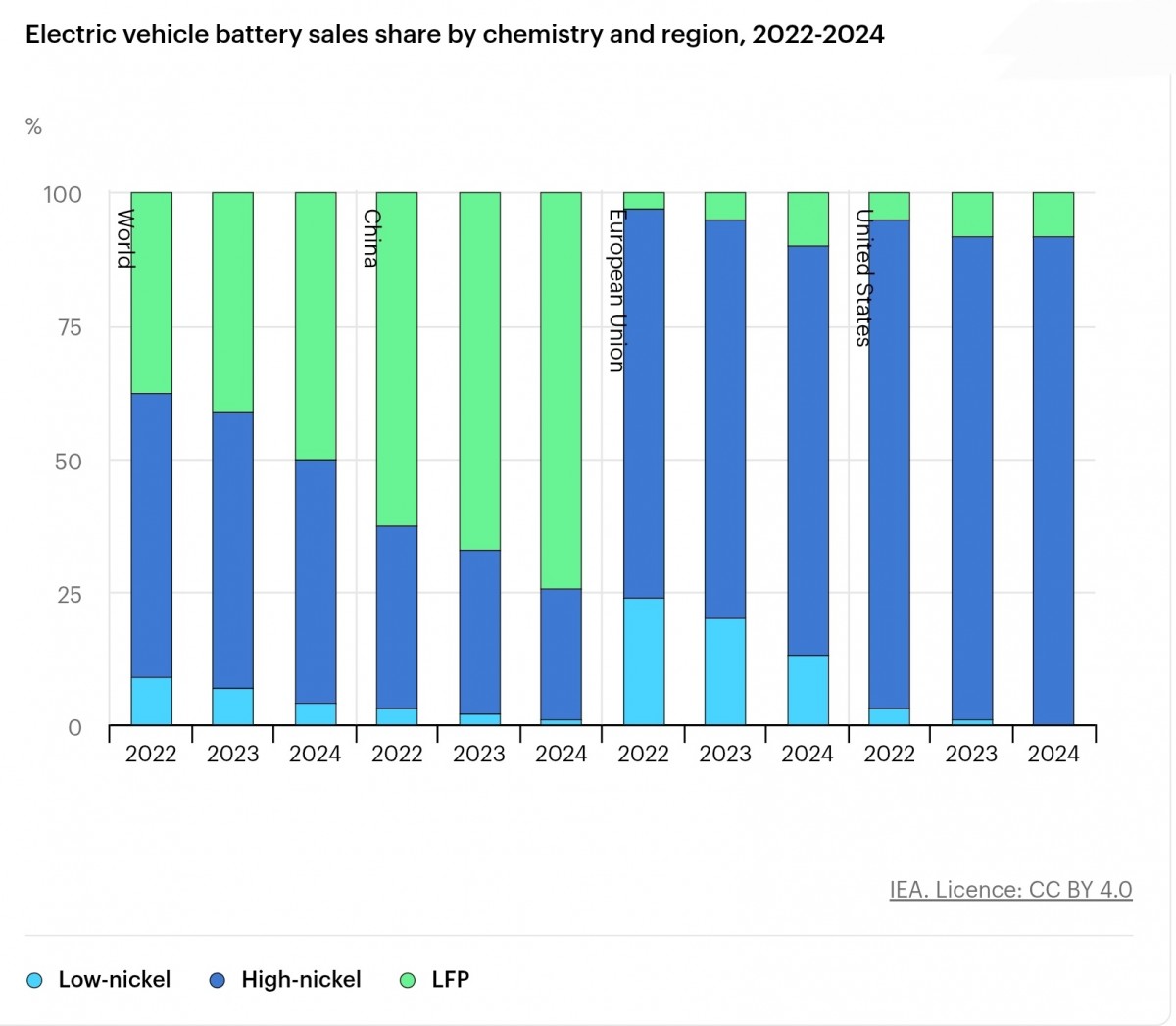
The United States, however, lags in LFP adoption, with these batteries making up only 10% of the market, partly due to tariffs on Chinese goods. Meanwhile, South Korea and Japan are also speeding up their own LFP battery development.
The IEA study uncovered a surprising fact about batteries for hybrid vehicles. Despite being much smaller than the batteries in fully electric cars, hybrid batteries actually cost more per kWh, which is a measure of energy storage. The reason? The fixed costs associated with battery components, like the casing and electronics, are spread across fewer battery cells in a smaller hybrid pack. This makes each kWh of storage more expensive.
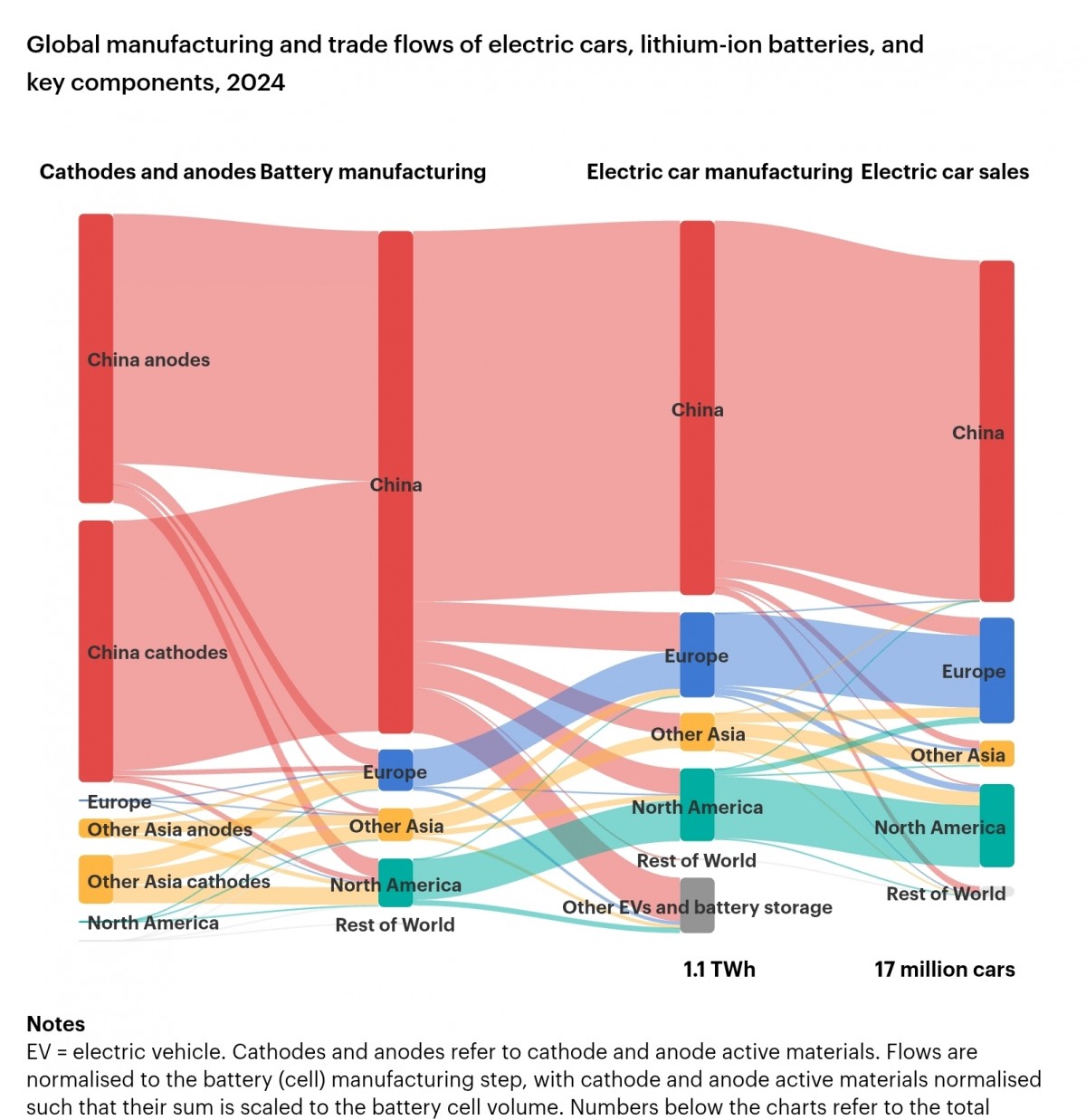
The report noted that in 2024, the average price of a 20 kWh battery pack for a plug-in hybrid EV (a common size) was roughly the same as a much larger 65 kWh battery pack designed for a fully electric car.
In the US, automakers like General Motors, Ford, and Toyota are making plans for their own battery factories, following the early lead of Tesla with its Gigafactory in Nevada. In 2024, America's battery manufacturing capacity grew by an impressive almost 50 percent. Much of this growth, nearly 70 percent, came from Korean companies setting up shop in the US, attracted by government tax credits.
This expansion means the US now has more installed battery production capacity than the European Union, which still saw its own capacity increase by 10% in 2024. But there's a cloud hanging over this progress. Proposed legislation in the US, referred to as the "Big, Beautiful Bill," could eliminate the very tax credits that encourage EV purchases and domestic battery manufacturing.
Reader comments
- Rgooding
- 45j
Yeah... ive.little faith that the actual price of the cars will go down... just that the profit margin will go up but the price will be the same. Sad about a hybrid 20Kw battery costing the same as a 65 in an EV however, means there's less of...
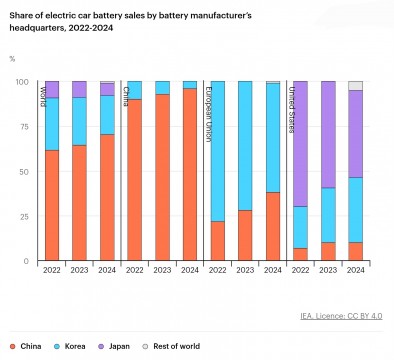
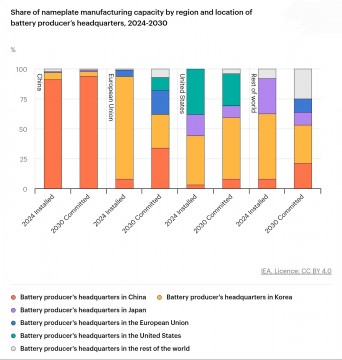
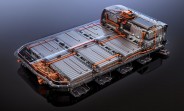


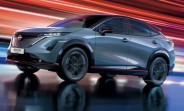

Facebook
Twitter
Instagram
RSS
Settings
Log in I forgot my password Sign up